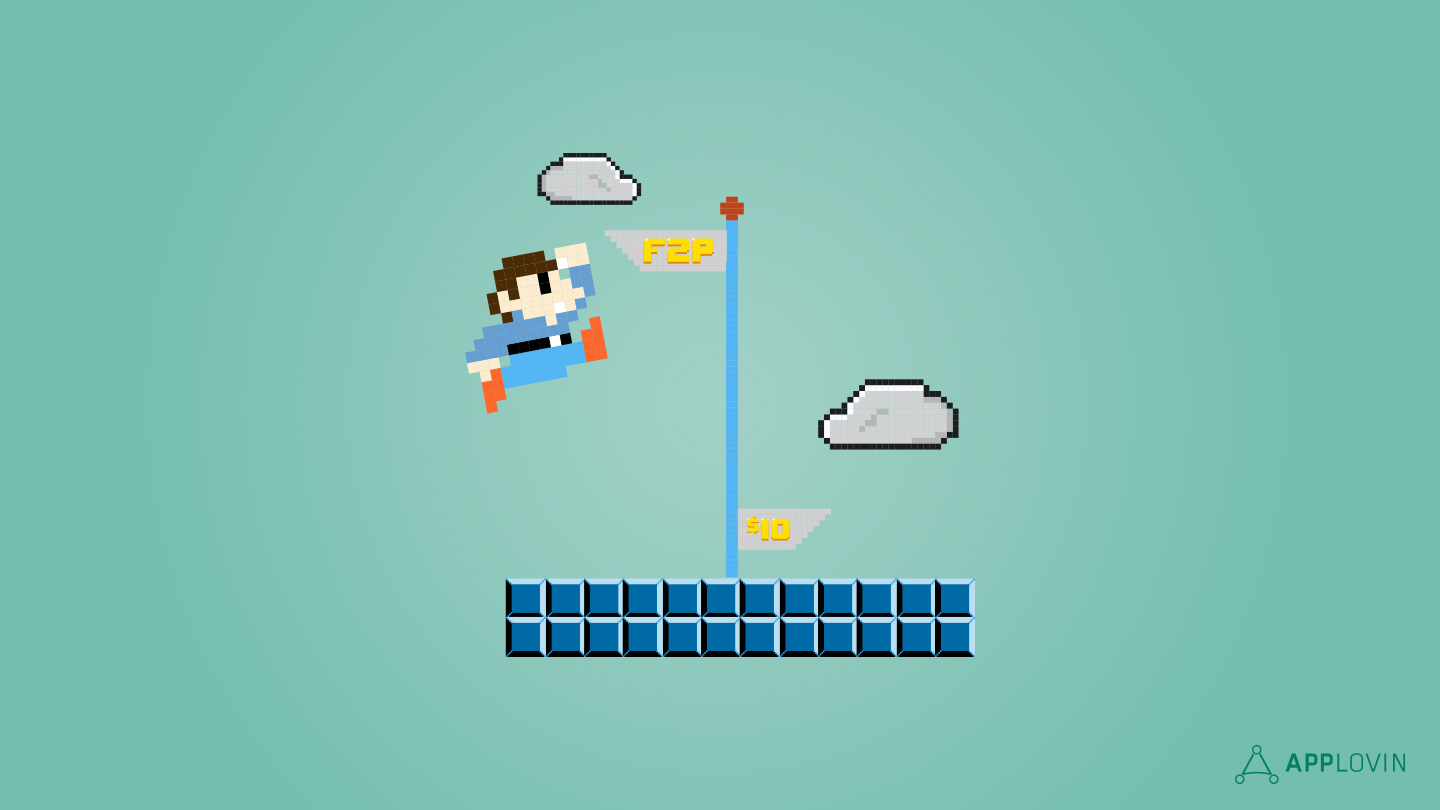During Nintendo’s quarterly earnings report this week, the company revealed that its second mobile game, Super Mario Run, was downloaded over 200 million times. More impressive was the fact that over 90% of downloads came from outside of Japan, showing just how big of a brand Mario is.
However, Nintendo says that despite these impressive stats, the game has “not reached an acceptable profit point,” but that the company had learned a lot about “game development and deployment.”
It’s quite shocking that with such strong brands, the company was still unable to meet revenue expectations. Let’s take a deeper look at why Super Mario Run failed to meet Nintendo’s revenue target and what that means for mobile game developers.
Why Super Mario Run was a disappointment
To understand why Super Mario Run failed, we must examine everything from the game’s mechanics to how Nintendo positioned the game in the mobile market. Let’s tackle the issue of price first. With a price tag of $10, Super Mario Run featured a high barrier to entry, as most mobile games can be found for a few dollars if not for free.
While $10 seems reasonable considering the $60 price tag of a console game, many players didn’t feel that the gameplay justified the price. The game is fun and addictive, but Nintendo failed to create enough new content to lure players into coming back.
Nintendo couldn’t decide whether Super Mario Run was supposed to be a premium or free-to-play experience.
Players were also frustrated with the fact that Super Mario Run incorporated two in-game currencies (tickets and coins), which are usually found in free-to-play games. Another way the game blurred the line between free-to-play and premium was by making the game free to download. Players would eventually have to pony up $10 after a few levels in order to keep playing, which felt like a bait-and-switch.
While 200 million downloads sounds impressive, many players inevitably uninstalled the app when asked to pay for the rest of the game. Nintendo couldn’t decide whether Super Mario Run was supposed to be a premium or free-to-play experience.
Super Mario Run should have been free-to-play
Nintendo is a very conservative company. It didn’t release its first mobile game, Miitomo, until March 2016, and it didn’t release Super Mario Run until December 2016. While everyone was transitioning to mobile, Nintendo stubbornly stuck with its old console business model. It was this hubris that prevented Nintendo from embracing mobile earlier, as the company was thriving from sales of its consoles and their games at the time.
When the App Store debuted in 2008, consumers were used to paying up front for games like Angry Birds. Eventually, fierce competition drove mobile game prices down to the point of being unsustainable. As a result, developers moved to a free-to-play model in order to survive, and consumers began getting used to the idea of not paying for mobile games. Over time, free-to-play matured, making developers good money while providing premium experiences to players with little barriers to entry.
By making the game free to download initially, players thought they were downloading a free-to-play game before requiring payment, blurring the line between paid and free-to-play. Nintendo also decided to include in-game currency in the form of tickets, which were required to play the competitive Toad Rally stages. Adding to the frustration was that Toad Rally tickets were arbitrarily capped at 99, adding more friction to a game that players already paid a premium price for.
In contrast, Nintendo made its mobile strategy game, Fire Emblem Heroes, free-to-play and monetized via micro-transactions. Unlike Super Mario Run, Fire Emblem Heroes was a hit with players and helped Nintendo meet its business and profit objectives.
“For this title, we listened to the voices of our consumers and provided continual updates,” said Nintendo in its earnings report. “Since this summer, we have been holding large-scale events, adding new characters, adjusting specifications, and running new promotional campaigns, all bringing about another increase in active users.”
By running events, constantly adding more content, and hosting in-game events, Nintendo gave players plenty of reasons to continue playing (and spending on) Fire Emblem Heroes.
A learning experience
In the end, it was Nintendo’s conservatism and failure to adapt that led to the less-than-stellar performance of Super Mario Run. For too many years, Nintendo left money on the table by failing to embrace mobile as it stubbornly clung to the waning console era. And with Mario’s first foray into mobile, Nintendo held onto its old-world premium pricing model.
It was this same mentality that capped the potential of Super Mario Run. Even the greatest video game IP of all time could not will the industry to make a success of Nintendo’s obsolete monetization model. Even a huge marketing campaign, including massive promotion from Apple in the App Store, couldn’t make Super Mario Run a success.
It’s not all bad news though. Nintendo seems to have learned a lot from its first forays into mobile, saying, “We have learned a lot in terms of game development and deployment that we want to take advantage of moving forward.” Perhaps we’ll see more free-to-play games from Nintendo—and more successful earnings calls—in the near future.









